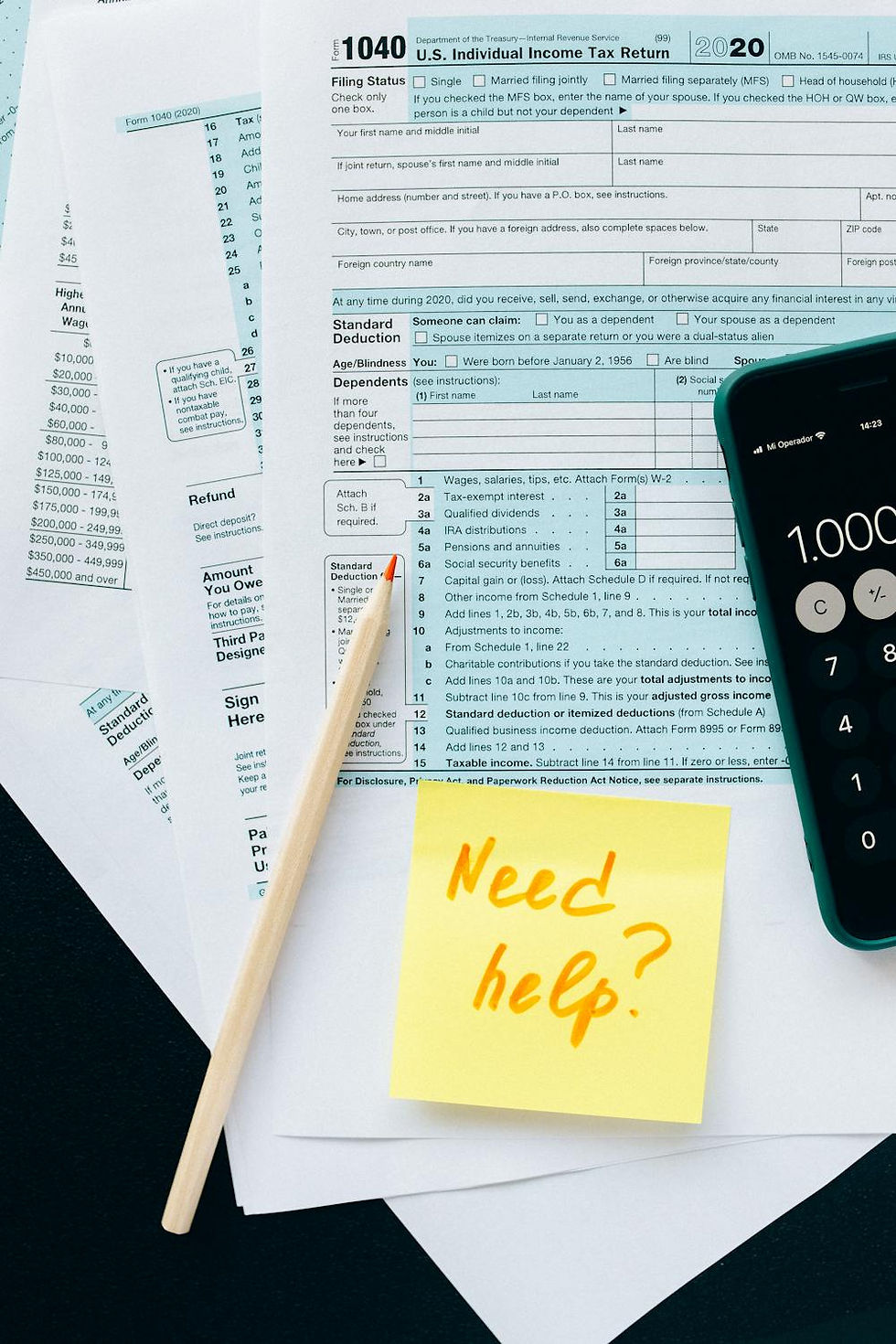IRS Refunds to Go Fully Digital
- Sincerus Advisory
- Oct 23
- 2 min read
Starting September 30, 2025, the U.S. Internal Revenue Service (IRS) will begin phasing out paper refund checks, ushering taxpayers into a new era of electronic refund payments. The goal of this reform is clear: to improve refund efficiency, reduce processing costs, and enhance payment security. For taxpayers, this not only means receiving refunds faster but also reflects the government’s ongoing efforts to modernize digital services.
Although paper refund checks have been used for many years, they carry risks such as loss, tampering, or delays. According to IRS announcements, taxpayers who file electronically and choose direct deposit can typically receive their refunds within 21 days, provided their returns are accurate and require no additional review. This is significantly faster than the past, when refunds could take six weeks or longer. Moreover, the electronic payment system enhances security and reduces costs for both the government and taxpayers.
Impact on Taxpayers
For taxpayers, the method of filing remains unchanged; they can still choose to file electronically or on paper. However, the method of receiving refunds will be standardized to electronic payment. To ensure smooth processing of electronic refunds, taxpayers must provide valid bank account information when filing. For those without a bank account, the IRS offers alternative options, such as prepaid debit cards or digital wallets.
However, if taxpayers do not provide bank account information, the IRS will currently issue refunds by mailing paper checks after filing. Looking ahead, with the full implementation of the electronic policy, taxpayers without a bank account or unable to receive electronic refunds may need to request an exemption from the IRS to use a non-electronic method. In other words, paper refunds will become the exception rather than the norm.
Timeline for Electronic Refunds
The implementation of the electronic refund policy will take place in stages. During the 2025 filing season, taxpayers must ensure that complete bank account information is provided or request an exemption to comply with the new requirements. Beginning in 2026, the IRS will continue to refine the electronic payment policy and provide additional guidance and support.
Prepare in Advance
Faced with this change, taxpayers should prepare in advance. First, ensure they have a valid bank account or understand the available alternatives. Second, provide accurate bank information when filing to avoid delays. Finally, familiarize themselves with the exemption application process in case electronic payments cannot be used in special circumstances.
Overall, the IRS’s electronic refund policy will allow taxpayers to receive refunds faster and more securely. While detailed procedures for the current stage have not yet been published, it is clear that once the policy is fully implemented, electronic payment tools will become the new standard for refunds. Taxpayers should take steps now to understand and prepare for the future of the refund system.




Comments